A Quick Look at One M9 RAW Photos
by Joshua Ho on May 1, 2015 7:00 AM EST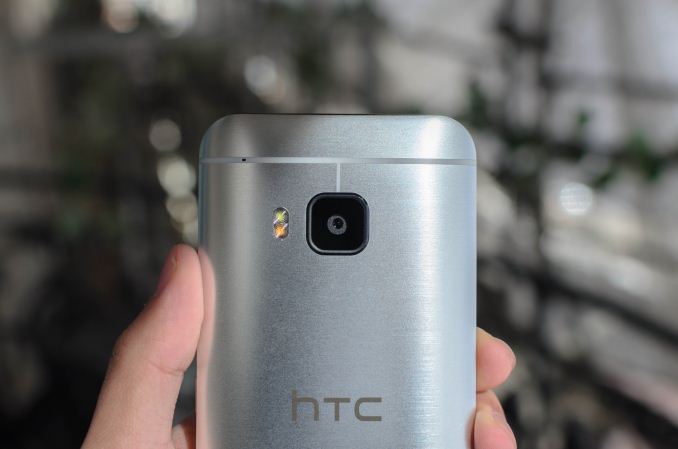
Yesterday, HTC updated their HTC Camera application for devices with HTC Sense. Normally, this isn't worth discussing, but the changelog had an entry for RAW photography mode on the One M9.
For those that are unfamiliar with what a RAW photo is, in essence it's exactly what would come to mind when it comes to something that is "raw". The file effectively encodes the sensor's data at each pixel, without any loss or significant processing. Normally, this file is completely hidden from the user, and once it enters the image signal processor (ISP) it is only used to produce the final JPEG and is presumably deleted once the JPEG file is saved to internal storage. As a result, we end up with a file that can be easily read by any computer, but is effectively impossible to change in a meaningful way. A RAW/digital negative can be easily changed to look almost nothing like the original image, but is impossible for most applications to view properly.
Fundamentally, a RAW photo is an unprocessed image, and if you could see the RAW image without demosaicing to handle the camera's pixel layout, it would look almost nothing like the final image. However, it's this relatively unprocessed state that allows for potential gains in image quality. After all, the ISP must determine how to process an image without human intervention in an effective manner, and it also must process and save the image within about a third of a second or less. Comparatively speaking, if I process it myself I might spend a solid 5-10 minutes playing with sliders to get a good balance between noise, detail, contrast, and dynamic range, and each image requires a second or two of maximum CPU load on a modern Core i7 4702HQ.
The real question is whether RAW photos can make a difference in a camera's output. In my experience this does depend quite a bit. Something like the Nexus 5 didn't really see any additional benefit from hand-processed photos. However, the One M9's RAW photo mode reveals a pretty stunning difference in photo quality when properly processed. In order to show it off, I took a few quick comparison shots. Our first comparison is a daytime shot, which is only directly comparable between the M9's JPEG and RAW output.
We'll start with a very simple daytime comparison. Please note that for this shot it is only comparable between the M9 RAW and JPEG output, as the iPhone 6 shot is from the same place, but at a different time of day and multiple weeks apart. In the original review, I mentioned that the One M9 seemed to have detail equivalent to the iPhone 6 with its 8MP camera in daytime. This single test shows the massive improvements that can be found with some quick post-processing in Lightroom, with special emphasis on the improved shadow detail in the bottom left side of the photo, the dramatically improved detail on the building to the top left of the photo, and improved detail on pretty much any tree in this photo. There is a noticeable grain to the photo that isn't as pronounced on the ISP-processed JPEG, but the noise is simply masked by blurring rather than actually getting canceled out. Again, it's important to note that the iPhone 6 photo isn't quite at the same angle or from the same time as the One M9, but it should serve as a good reference for objects in the scene.
The real test is in low light, and for this I brought some additional phones and a tripod to try and get a test that was better-controlled, although this isn't a controlled test in the strictest sense to begin with.
In this test, the One M9's native JPEG output is by far the worst here. The processing is surprisingly poor, with generous amounts of color noise on mostly flat, yellow-white walls. As color noise is the most distracting type of noise in a photo, it's generally better to err towards strong rather than weak color noise reduction. The RAW processed in Lightroom by comparison is miles ahead. It's probably not better than the iPhone 6 Plus here, as things like the rough stone walls lining the steps are extremely hard to make out in comparison to the iPhone 6 Plus. The Galaxy S6 is easily the brightest of all, but it seems that Samsung might have gone a bit too far as detail along the steps is definitely worse than the iPhone 6 Plus and there is much more noise in some parts of the photo. However, the Galaxy S6 manages to equal, if not better the iPhone 6 Plus in this shot due to the sheer amount of additonal detail captured from the better exposure; the resulting noise ultimately is a liability in large, HiDPI displays or in prints, but it isn't really visible when scaled to web/phone sizes.
Once again, the native JPEG output on the M9 is rather poor. Strong luminance noise reduction turns the picture into an oil painting when viewed at 100% crop, yet there's significant color and luminance noise still visible throughout the photo when scaled to web resolutions. There's almost no detail to speak of either due to the noise reduction used. Probably the best example of these issues is the trash can on the left side of the photo. Viewing the native JPEG shows a sign with nothing on it, but viewing the RAW-processed photo actually reveals that it is a recycling bin. Once again, even with RAW processing I didn't manage to get the M9 to beat the iPhone 6 Plus, but given the lack of OIS it shouldn't be too much of a surprise. Strangely enough, the RAW doesn't have enough contrast to show the red sign in the distance, which shows up just fine on the native JPEG and on every other shot.
Meanwhile the Galaxy S6 is once again easily the brightest in all of these shots, but it looks like ISO is a bit too high and the processing is also a bit too aggressive as the foliage in the scene is clearly not as cleanly rendered as it is on the iPhone 6 Plus. At web resolutions it is easily a match for the iPhone 6 Plus in these conditions as the noise isn't as visible when viewed at such a scaled resolution, while the better exposure helps with improved detail in the dark areas of the scene. The Xiaomi Mi Note does reasonably well here, but on 100% crop the noise reduction is quite strong and reduces visible detail.
Overall, HTC should be applauded for bringing RAW photo mode to the One M9. For anyone that has bought one, they can still take some truly good photos if they're willing to learn how to use a tool like Lightroom or Photoshop's RAW processing tools. However, there is no lens correction profile available, so vignetting and other distortions are a noticeable problem as seen in these photos. It's possible to try and compensate for these problems by eye like I did for these test shots, but HTC should really be releasing their own lens correction profile if they really want to support serious photography with the One M9.
As for the JPEG image quality situation, the fact that it's possible to get so much improvement in image quality from processing a RAW by hand compared to the JPEG output is a very real problem for HTC. Now admittedly a hand-touched RAW will almost always be better than a quickly processed JPEG - and we going into this expecting as much.- but such a large difference, and at times significant loss of detail, indicates that HTC is losing too much quality with their JPEG output. Compared to their competitors, the end result is an image with worse quality than what I believe they could have otherwise achieved.
Ultimately I'm not interested in pointing fingers here, but the output simply isn't competitive. It's possible that the ISP simply isn't up to scratch, as there are some very real problems with auto-focus speed and reliability as I noted in the original review. It's also possible that HTC is electing to use an extremely aggressive post-processing combined with strong JPEG compression to reduce file sizes. This is simply a problem that has to be fixed if HTC is determined to remain relevant in the hyper-competitive smartphone space.
The one truth that is clear to me here is that the sensor is far from the main problem here. A better sensor might help with high ISO noise, and PDAF should definitely help with focus speed, but in the case of the One M9's rear camera the biggest issues seem to be poor post-processing, a lack of high-quality optical image stabilization (OIS), and a smaller aperture compared to other phones on the market in that order. A better sensor can and will help, but it's far from a silver bullet. This does mean that there's some hope for the One M9's camera though, as most of the problems I've described could be resolved with an OTA update. The question now is whether HTC will follow through.


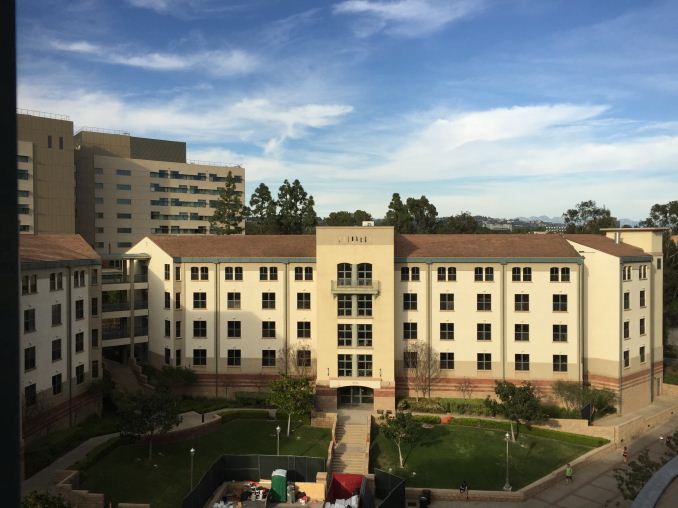

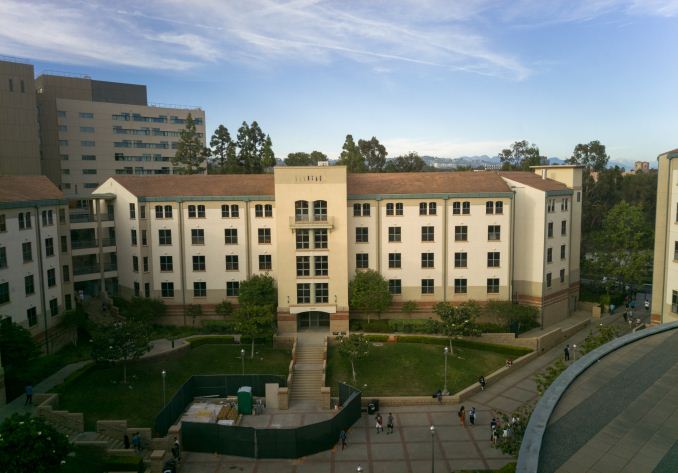
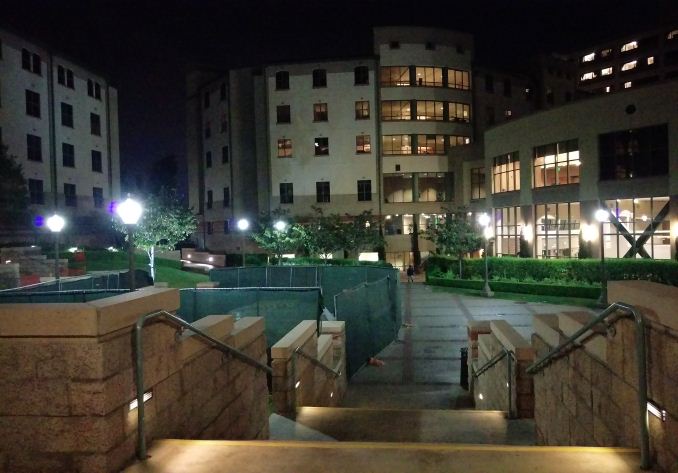
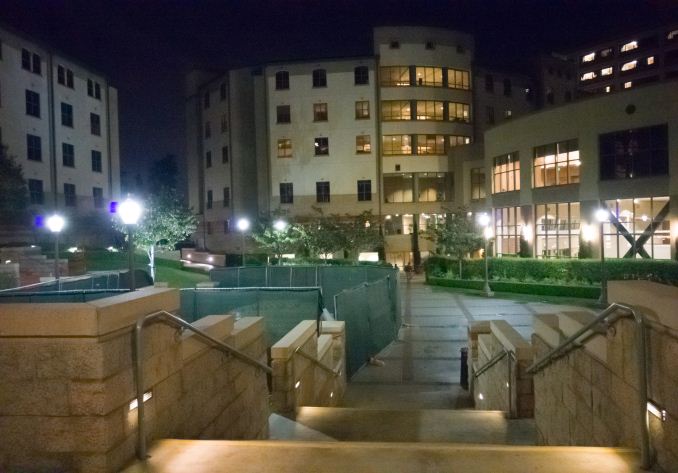
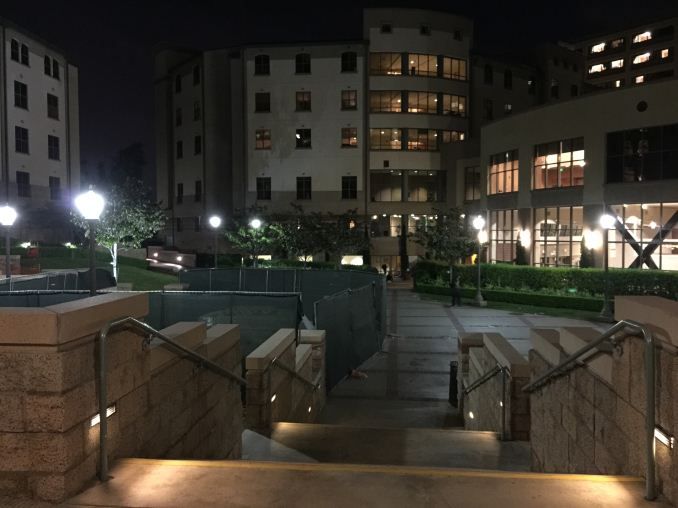

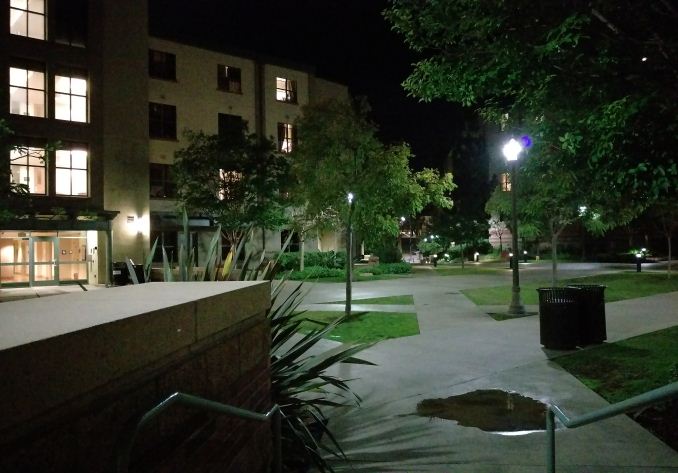
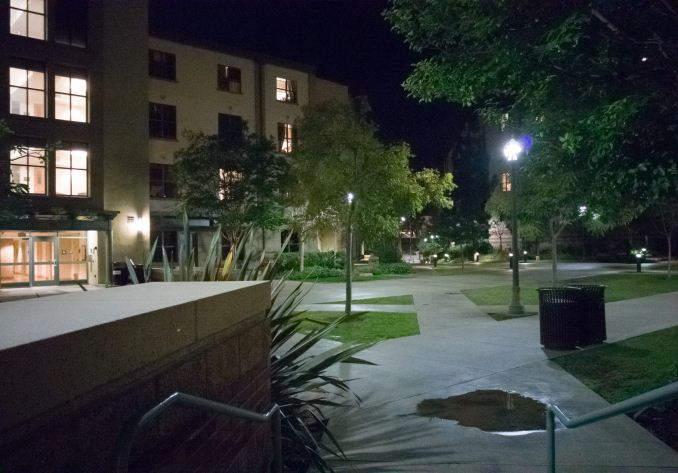
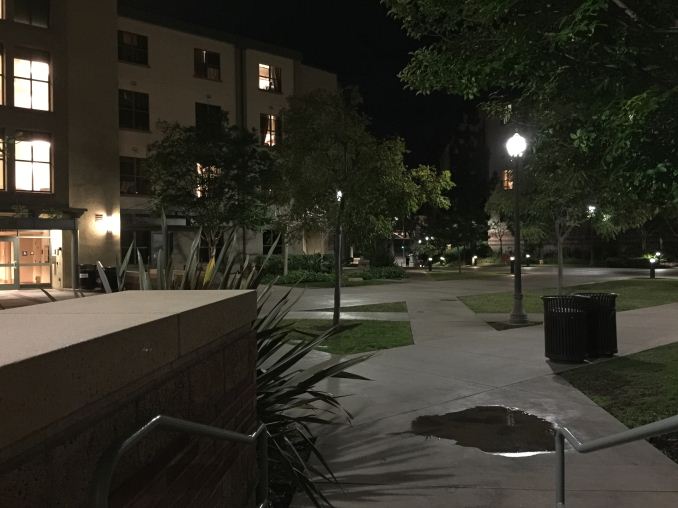
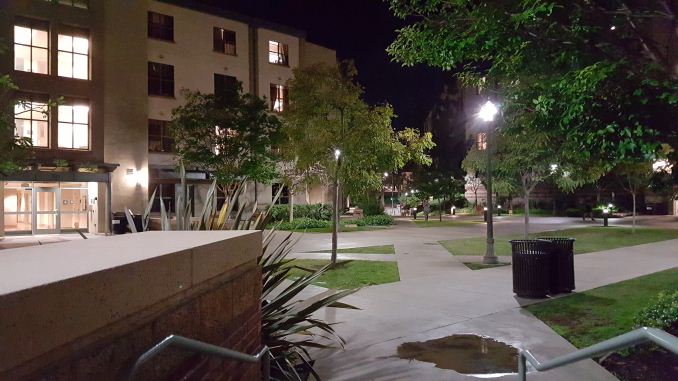
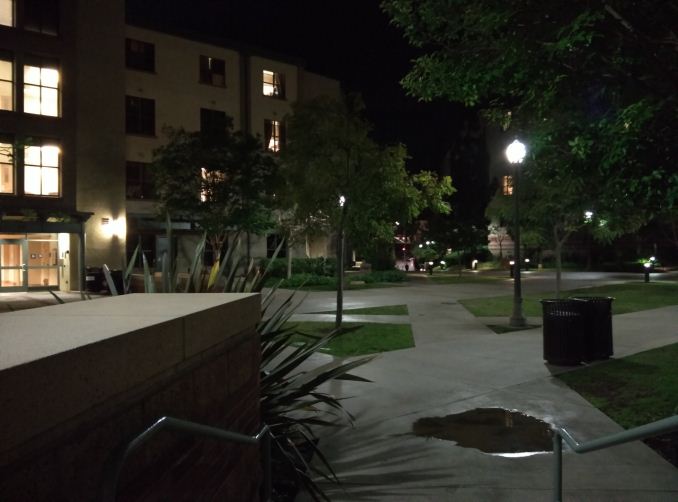









43 Comments
View All Comments
Gemuk - Friday, May 1, 2015 - link
Xiaomi Mi Note review coming soon HURRAHboozed - Friday, May 1, 2015 - link
Raw is not an acronym so it doesn't require capitals.ArmedandDangerous - Friday, May 1, 2015 - link
TRIM isn't an acronym as well, but it is capitalized.DCide - Friday, May 1, 2015 - link
No, but it's become such a common convention that it might be harder to recognize the meaning and context without the capitals. It's written as if it's a filename extension, like DNG (even though from most cameras the letters used are different than R A W ).So when I say "a RAW" it's kind of like a universal reference or wildcard for all the raw file extensions that includes NEF, CR2, RAF, PEF, and so on ... and yes, even RAW!
DCide - Friday, May 1, 2015 - link
You might have to give this one up, boozed. Now 'normalcy' is an everyday word. Because of the 4th of July, people not only say "March 4th," they even write it! And 'healthful' has been abolished from our language.Allowing for RAW files is a small concession.
SeannyB - Friday, May 1, 2015 - link
The real benefit of raw is that I can process photos with the same tools/methodology I use for my real camera, such as being able to adjust color temperature and recover dynamic range in a way that's impossible with an 8-bit JPEG. The Nexus 5 in full-manual raw mode makes a usable if somewhat desperate backup cam. I've even created a color calibration profile for it via a Colorchecker Passport.These sort of tests, where DNGs are blindly run through Lightroom, is a pure test of demosaicing (read: Bayer filter array de-mosaic-ing) and noise reduction algorithms, which is important for sure, but misses what raw allows a knowledgeable photographer to do beyond getting cleaner-looking JPEGs.
Does the HTC M9 support Android 5's new camera API? The nice thing about the Nexus' full implementation is it allows 3rd party apps like Camera FV-5 to shoot raw and have full access to manual exposure controls (shutter speed, ISO). I assume the M9, like a lot of recent Android 5 phones, still don't support the new API. I wonder if the upcoming LG G4 will have full "Camera 2 API" support.
RoadToNever - Sunday, July 2, 2017 - link
Are you willing to share the N5 colorchecker shots if you still have them lying around?Speedfriend - Friday, May 1, 2015 - link
I am sorry, there is just no comparison between the S6 and the other for a everyday camera phone user. It is simply light years ahead in low light. The iPhone 6+ looks like 3 year old technology net to it.johnnycanadian - Friday, May 1, 2015 - link
I don't know, to me the S6 images, especially the bottom one, look oversaturated and overexposed. I prefer the more natural look of the other cameras.misteroh - Friday, May 1, 2015 - link
You're ever so slightly correct on the saturation, but it looks overexposed because it's compared to the other phones which were outputting woefully underexposed photos. The exposure in the second photos is very close to spot on.